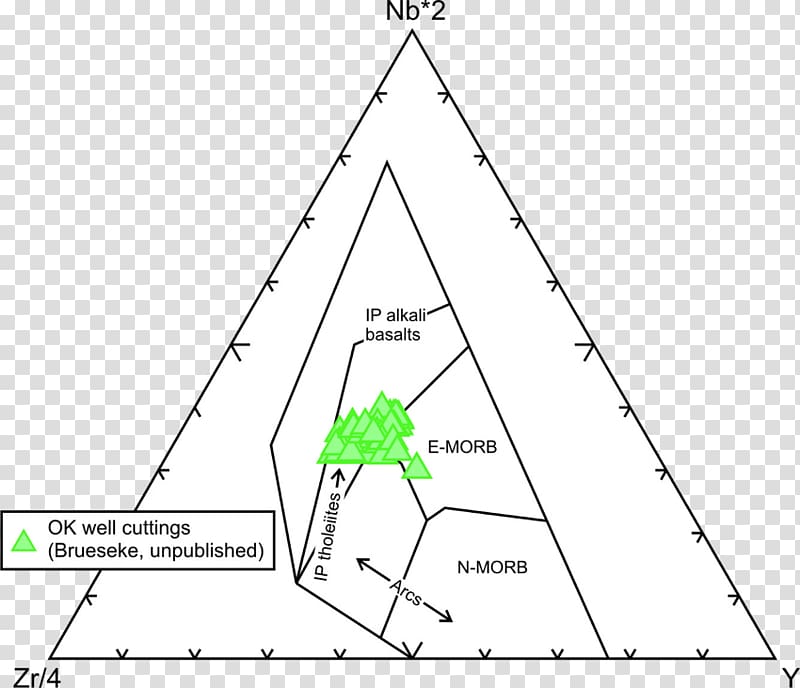

QAPF diagram and TAS diagram are based on different criteria. And here comes the second problem which for me is even more serious than the first one.

In many cases we can not do it because volcanic rocks tend to be too fine-grained even for microscopic study and they often contain volcanic glass which may have very versatile composition. There is an analogue of QAPF diagram designed specifically for volcanic rocks which we should use if we can determine the mineralogical composition of the rock. Probably at least partly because of that, TAS diagram is actually not the first choice you should consider if you need to identify volcanic rocks. There is really no way to do it reliably if you do not have an access to very expensive equipment which is used to analyse the chemistry of rocks. There is no doubt that the use of such a scheme is no rocket science but what is the biggest problem is that we need to know the chemical composition of the sample. Here are the coordinates of the intersections. There are SiO 2 on the x-axis and the sum of K 2O and Na 2O on the y-axis. You only need to know the major element chemical composition of the rock sample being studied. The use of TAS diagram is very simple and straightforward. These coordinates are shown on the second diagram which you can use to construct your own diagram if you wish. Igneous Rocks: A Classification and Glossary of Terms: Recommendations of the International Union of Geological Sciences Subcommission on the Systematics of Igneous Rocks (2nd edition). I made the schemes using the coordinates provided in the following book: Le Maitre, R. The classification of igneous rocks is largely based on two diagrams: QAPF diagram for plutonic rocks (formed in the crust) and TAS diagram for volcanic rocks.


 0 kommentar(er)
0 kommentar(er)
